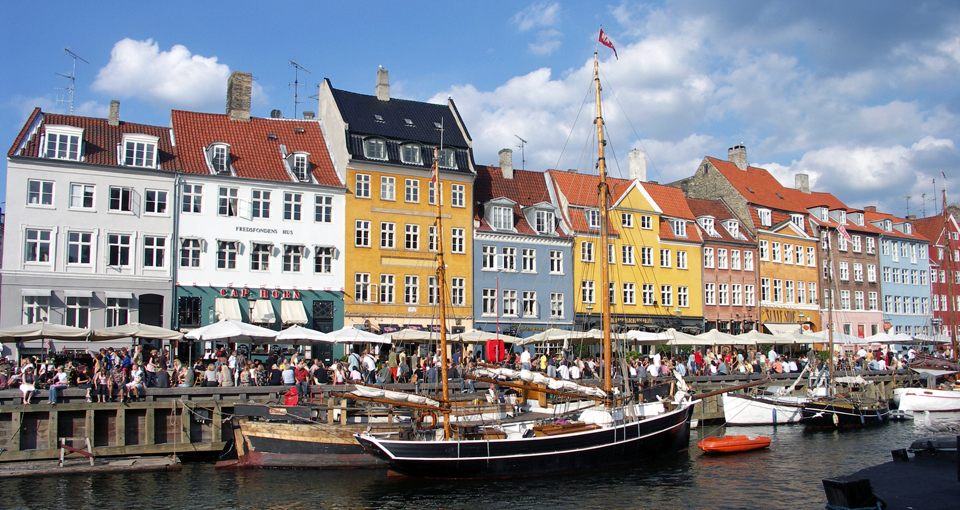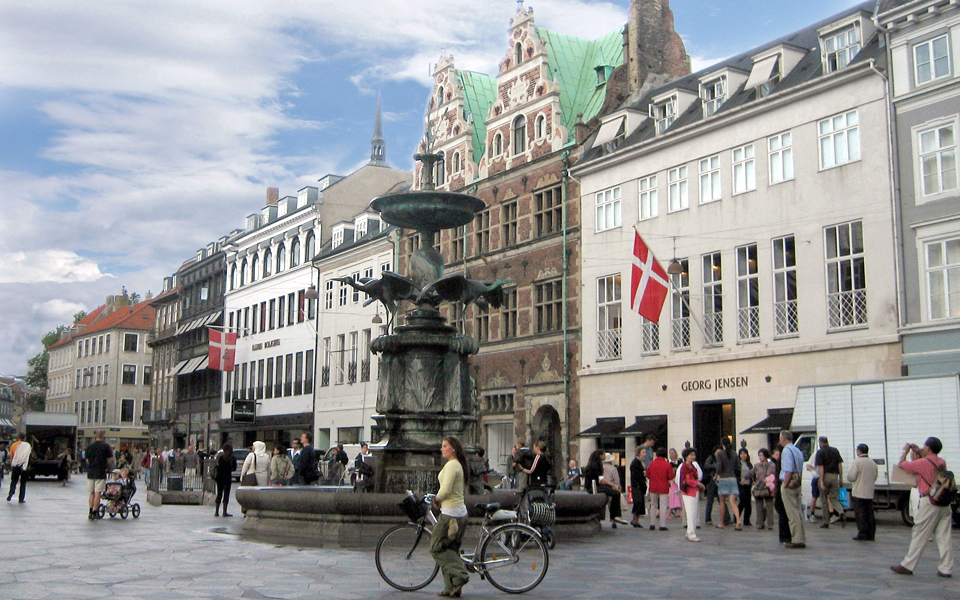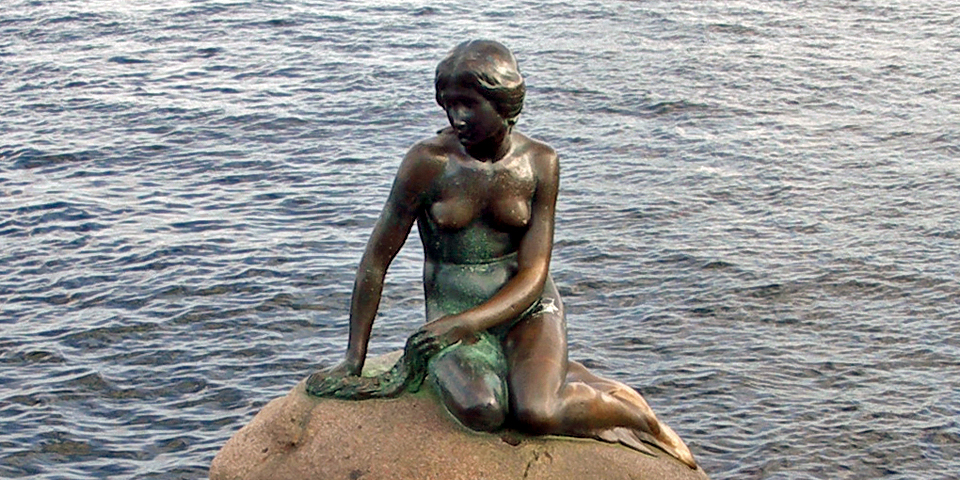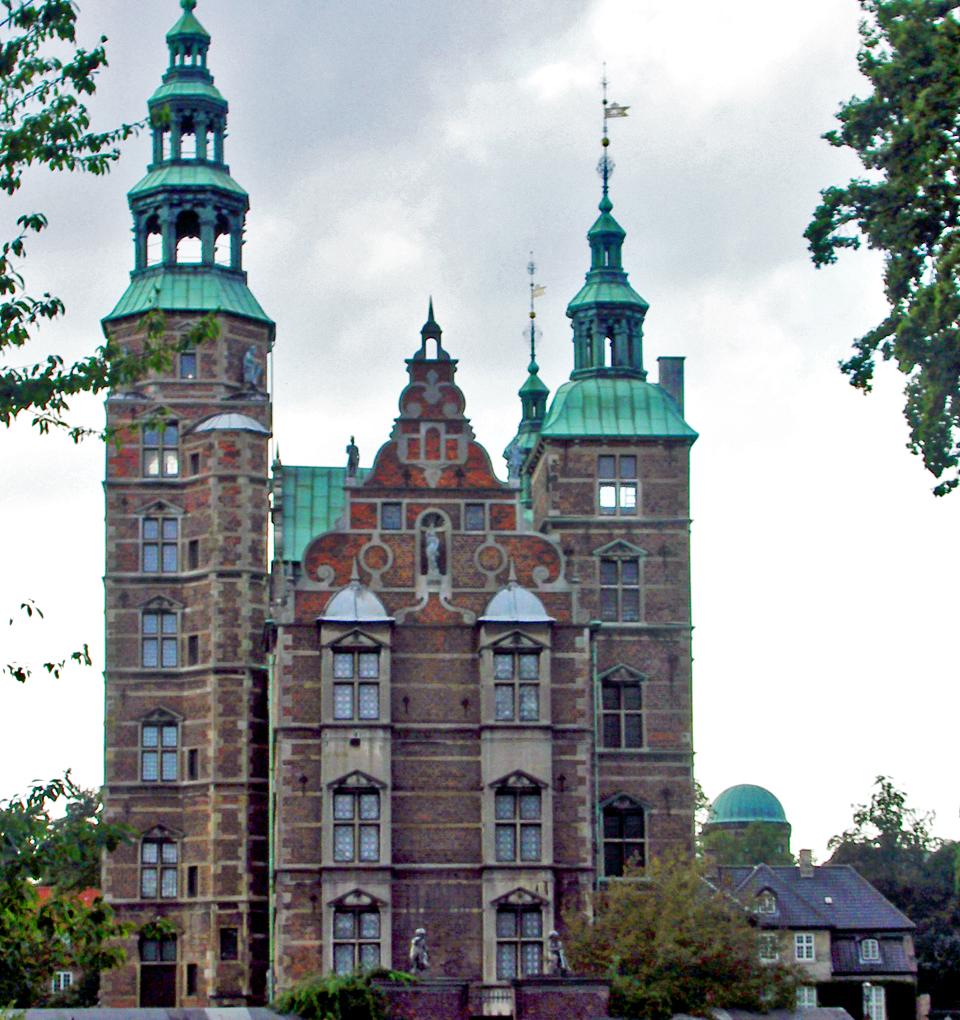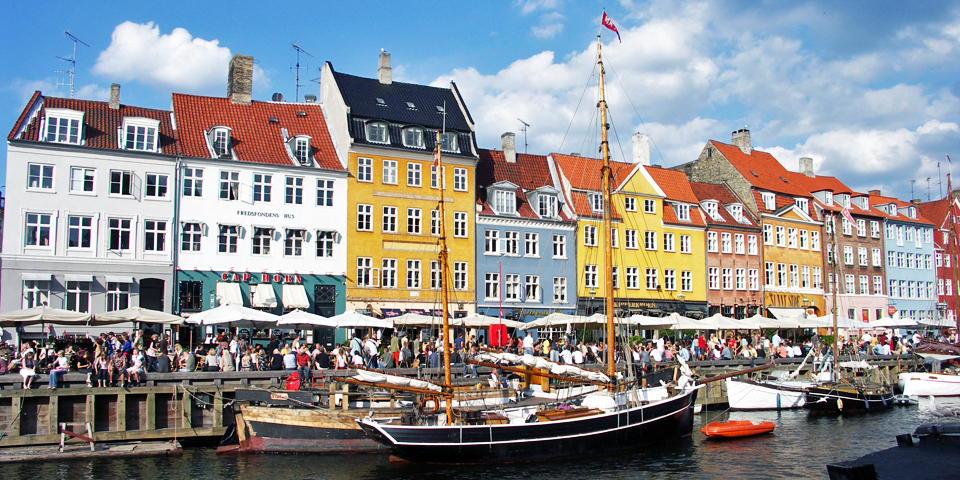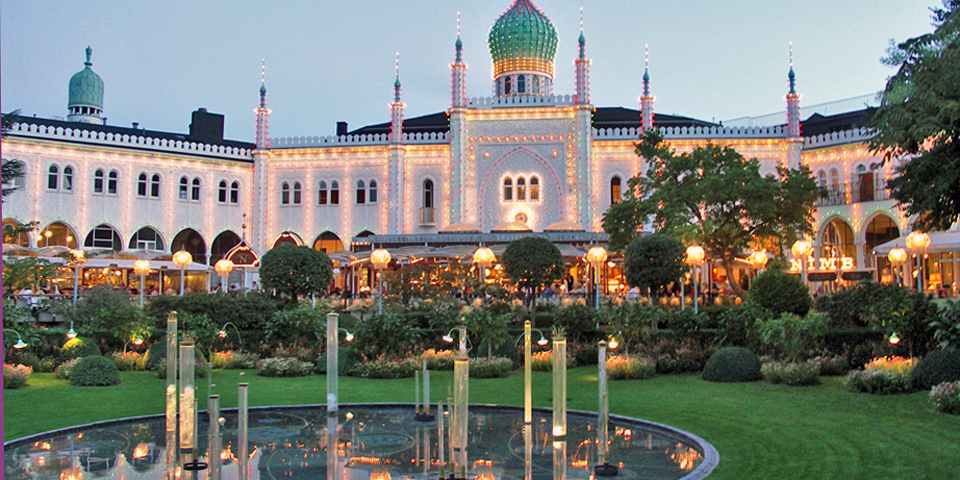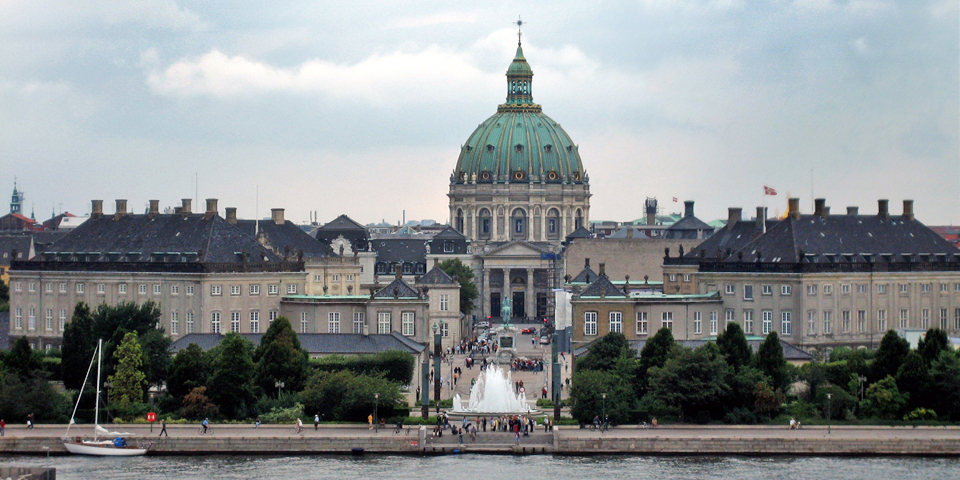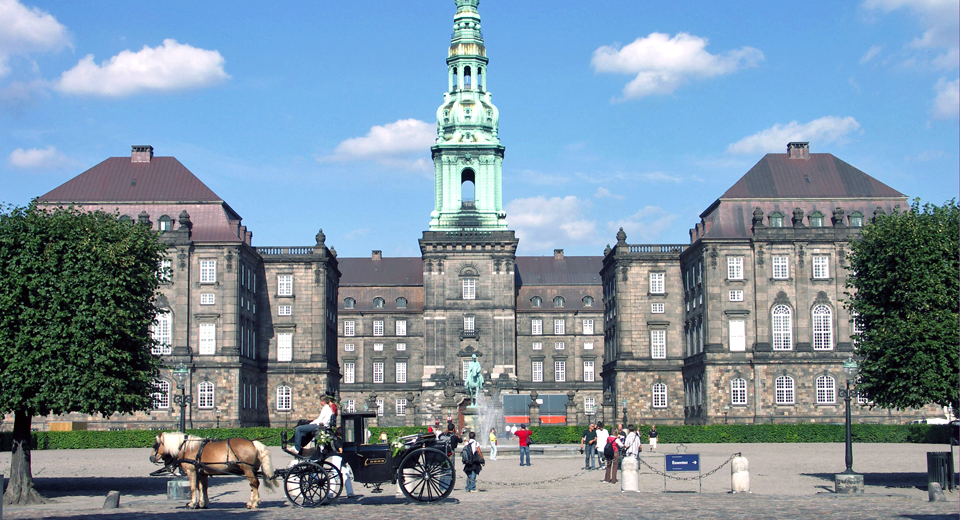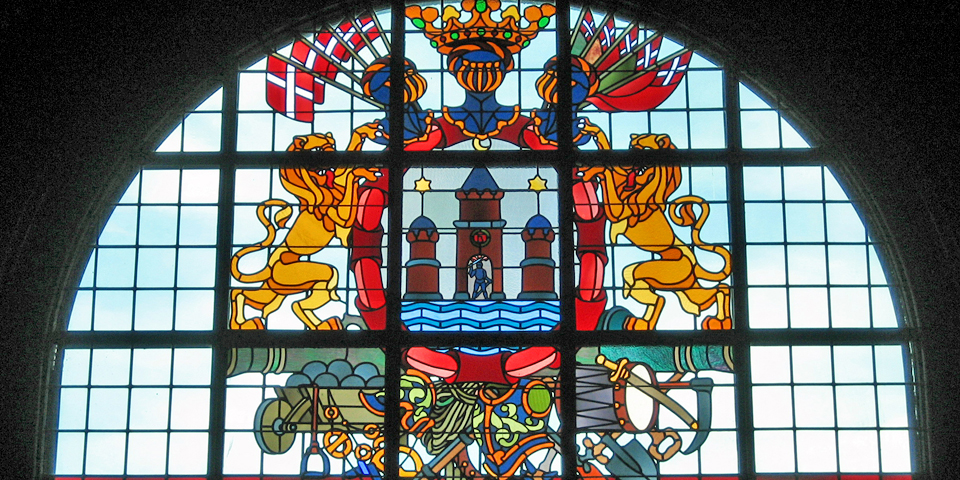Wonderful Copenhagen
The capital of the world’s oldest kingdom is a world of wonders– tales of kings and queens, Vikings, and a mermaid, with a fortress, castles, palaces, and crown jewels. The largest of the Scandinavian cities, once the capital of an empire that included Norway and Southern Sweden, cosmopolitan Copenhagen, or “merchants’ harbor”, is a city as enchanting as the fairy tales inspired here.
This is the land where Hans Christian Anderson, son of a poor shoemaker and washerwoman, lived and wrote over a hundred fairy tales, including The Little Mermaid, The Emperor’s New Clothes, The Princess and the Pea, Thumbelina, and the Ugly Duckling. It’s the birthplace of quantum physicist and Nobel Prize winner Neils Bohr, who lobbied for peaceful use of nuclear weapons, and renowned pianist and humorist Victor Borge, known for such quips as “I don’t mind growing old. I’m just not used to it”.
Sheltered, with access to the Baltic and the North Sea, Copenhagen is now Northern Europe’s leading turnaround port, and ours was among the many cruises that begin or end here. We were about to set sail aboard Holland America’s Amsterdam for a Northern Isles Adventure.
How could we depart without first experiencing this city— voted Best Destination Experience by cruise lines and Europe’s Leading Destination by the travel industry’s Oscar, the World Travel Awards? By flying in a few days early, we could also board our ship relaxed and without jet lag.
GETTING THERE
Copenhagen is also a major airline hub and its stylish steel and glass airport is consistently voted #1 in customer satisfaction. It offers the fastest and least expensive airport-to-city rail link of any European capital.
GETTING AROUND
Cruise lines offer full-service pre- or post-cruise packages that include transportation to and from airports, hotels, and the ship, sightseeing tours, and all baggage handing for their passengers.
For those who prefer independent arrangements and to explore on their own, public transportation is inexpensive, clean, safe, and reliable. Bus 26 connects between the cruise piers and the city center, but with luggage, taxis are the more convenient option.
The Langelinie Quay is just 10 minutes from the city center and 6 miles from Copenhagen International Airport. Freeport Pier will take a few minutes more.
Copenhagen’s tourist area is compact and walkable. City Bikes are free in the city center, cycle taxis offer customized city tours, and narrated canal tours are ever-popular.
Want to visit Sweden? Cross the 16 km Øresund Bridge by car or train to Sweden’s third-largest city, Malmö, in a matter of minutes.
ACCOMMODATIONS
Information on accommodations to suit all budgets is available from the Tourist Information Office.
It was our 35th anniversary and our choice of the centrally-located Radisson SAS Royal, across from the train station and overlooking Tivoli Gardens couldn’t have been better. It was an immersion in such renowned Danish design by Arne Jakobsen (Egg chair, Cylinda-line tableware) coupled with the best city views. Opt for a room facing Tivoli Gardens, and by night, watch the fireworks while wearing fluffy robes in the comfort of your room. With Royal Club rooms, breakfast is served in the chic Alberto K Restaurant on the 20th floor.
We’d plan our day over a panoramic view of the entire city while enjoying a bountiful breakfast buffet that included a variety of traditional American fare as well as Scandinavian meats, fish, and cheeses. Restaurants can be expensive in this city, but Café Royale, on the ground floor, offers some of the best deals in town, particularly in the afternoon.
SIGHTSEEING
If you plan to visit several museums and attractions and use public transport, purchase a Copenhagen Card. Included is unlimited use of Greater Copenhagen Region commuter train, bus, Metro and water bus—including airport transportation—and admission to over 60 museums and attractions. This is your key to the best of what the city has to offer and is available at Copenhagen’s Tourist Information, airport, main train stations, some hotels, or online.
Most museums close holidays and one day a week—generally Mondays. Some museums offer free admission on certain days, usually Wednesdays, listed in Copenhagen this Week along with special events, street markets, and other helpful information.
Sightseeing is in the compact historical area of the city between the Little Mermaid and Tivoli Gardens. The central artery is the bustling network of city streets known as Strøget, the longest pedestrian street in Europe, running east from Town Hall Square (Rådhus Pladsen) to the picturesque harbor of Nyhavn.
Strøget features a full range of shops, restaurants, cafes, and, in summer, street performers. At the beautiful Amagertov Square, Royal Copenhagen Porcelain, in a 16th century Renaissance building, is one of five shops serving the queen. Inside is a full range of dinnerware, including the world’s most expensive porcelain, Flora Danica. Look for the staircase that leads to a bargain area in the lower level.
Have a regal experience at the Royal Copenhagen Tea Room. Browse next door at works of understated elegance by celebrated silversmith Georg Jensen. Just outside is a convenient hidden attraction, one of Copenhagen’s loveliest underground public restrooms with polished wood doors and shiny brass.
ATTRACTIONS
The Little Mermaid (Den Lille Havfrue), the small bronze statue alongside the picturesque harbor promenade, has become the city’s most popular tourist attraction. Hans Christian Anderson published the beloved fairy tale in 1837, and a ballet by the same name inspired Carlsberg brewery founder Carl Jacobsen to commission the famous statue as a gift to the city in 1913.
Nearby Gefion Fountain is a tribute to the legendary goddess who, it is said, was offered by the Swedish king as much land as she could plow from Sweden in a day and night. Turning her four sons into oxen, they carved out an area and threw it into the sea to become Denmark’s main island of Zealand, leaving behind the outline of what became Lake Vännern.
Rosenborg Castle —- One of the architectural treasures built during Christian IV’s reign, this Dutch Renaissance-style castle showcases the Royal Danish Collections including the crown jewels. It is surrounded by King’s Garden, a popular spot for picnics and sunbathing.
Nyhavn — The canals are another of Christian IV’s projects. Nyhavn, or “New Harbor” is lined with colorful houses over three centuries old. Originally the access to the city from the sea, it is now a picturesque harbor lined with sailboats, taverns, and trendy cafés. Hans Christian Anderson lived and wrote at #20 and #67, and later #18.
National Museum — In the 18th century palace built for Crown Prince Fredrik, Denmark’s largest museum depicts the 10,000 years of Danish civilization. It contains the world’s finest collection of Stone Age tools and rune stones, treasures of the Middle Ages ranging from awe-inspiring religious artifacts to drinking horns, Renaissance art, science and technology, and a modern history of emergence from the devastation of war.
Tivoli — This old-style amusement park in the middle of the city twinkles at night like an enchanted garden. Enjoy a leisurely dinner, check the schedule of free shows and concerts, or ride the world’s tallest carousel.
Ny Carlsberg Glyptotek — Founded by brewer Carl Jacobsen, named for the brewery and a word meaning “sculpture building”, it features Northern Europe’s largest collection of ancient art, outstanding Danish Golden Age Masters, and French sculpture and paintings.
Amalienborg Palace — When popular Queen Margrethe II, cousin of the King of Sweden, is in residence, guards in furred helmets march from Rosenborg Castle to the four nearly identical royal residences for the noon Changing of the Guard ceremony. Visit the museum, an extension of the Rosenborg Castle collection, and apartments covering 150 years of history.
Christiansborg Palace — Follow in the footsteps of Queen Margrethe II’s guests as you ascend the Royal Staircase to the reception area of the Throne Room. Emperors, kings and presidents attend royal banquets and gala dinners in the Red Room. The eleven tapestries in the Great Hall, a gift to the queen for her 50th birthday, creatively depict Denmark’s history and should not be missed. This is Denmark’s political center—the Queen’s workplace, the prime minister’s office, and site of the Supreme Court. Tour the carefully preserved underground ruins of Bishop Absalon’s 12th century castle.
National Gallery — collections of paintings and sculpture from 1300 to present, including the King’s Collection—Italian, Dutch, Flemish, and German and Danish Golden Age.
The Museum of Danish Resistance (Frihedsmuseet) — The espionage, sabotage and struggles in resisting the Nazis and saving 7000 Jews during World War II is highlighted here.
Town Hall (Rådhus) — The tall tower of this red brick landmark dominates the area. Above the doorway is a figure of Bishop Absalon, city founder. Inside are a cloistered main hall and a clock by Jens Olsen that keeps actual solar time and worldwide local time.
Round Tower (Rundetaarn) — Built by Christian IV in1642, it is now Europe’s oldest working observatory. The cobbled spiral ramp winds 7 ½ times around for a top-notch view of the city’s spires and rooftops. Peter the Great ascended on horseback, his wife in a horse-drawn coach.
Marble Church — Patterned after St. Peter’s in Rome, also known as Frederik’s Church, its dome dominates the skyline. Visitors can climb 260 steps for the views from the bell tower.
Danish Museum of Art and Design (Kunstindustrimuseet) —- A Rococo building is the center of furniture, industrial design, and applied art — the hallmark of Denmark today. View collections of furniture, silverware, textiles, royal porcelain, and glass.
Citadel (Kastellet) — Begun by Christian IV and rebuilt after the 17th century Swedish siege, this was the city’s main fortress into the 18th century. Germans used it as headquarters during their occupation.
Opera House — Harbor buses offer easy access to the stunning new Opera House, or take bus 66, passing the colorfully painted counter-culture community of Christiania.
Royal Library — Nicknamed the “Black Diamond”, it is ultra-modern and angular, with shiny black tiles from Zimbabwe. It will include concert hall and exhibition space, a café and restaurant and co-host Copenhagen Opera Festival in spring.
CUISINE
Multicultural cuisine is superb in this gastronomic capital but restaurants can be expensive.
For a Scandinavian experience, try a luncheon buffet known as koldt bord. Top it off with local Carlsberg and Tuborg beer–or tour Carlsberg Brewery and taste samples. For a picnic in the park, open-faced sandwiches known as smørrebrød are available as take-out, and bakeries offer wienerbrød, the pastry we know as…Danish.
DANISH BY DESIGN
Copenhagen offers something for all tastes, from 17th century gabled houses to the latest trends design and fashion. It’s is a dynamic blend of sleek minimalist Scandinavian design and “hyggelig”—the small touches that make for warmth and coziness—candles on the table, warm throws over the backs of chairs.
Take the time to sit back and savor the heart of Copenhagen. You’ll be glad you did.
Life itself is the most wonderful fairy tale. Hans Christian Anderson

